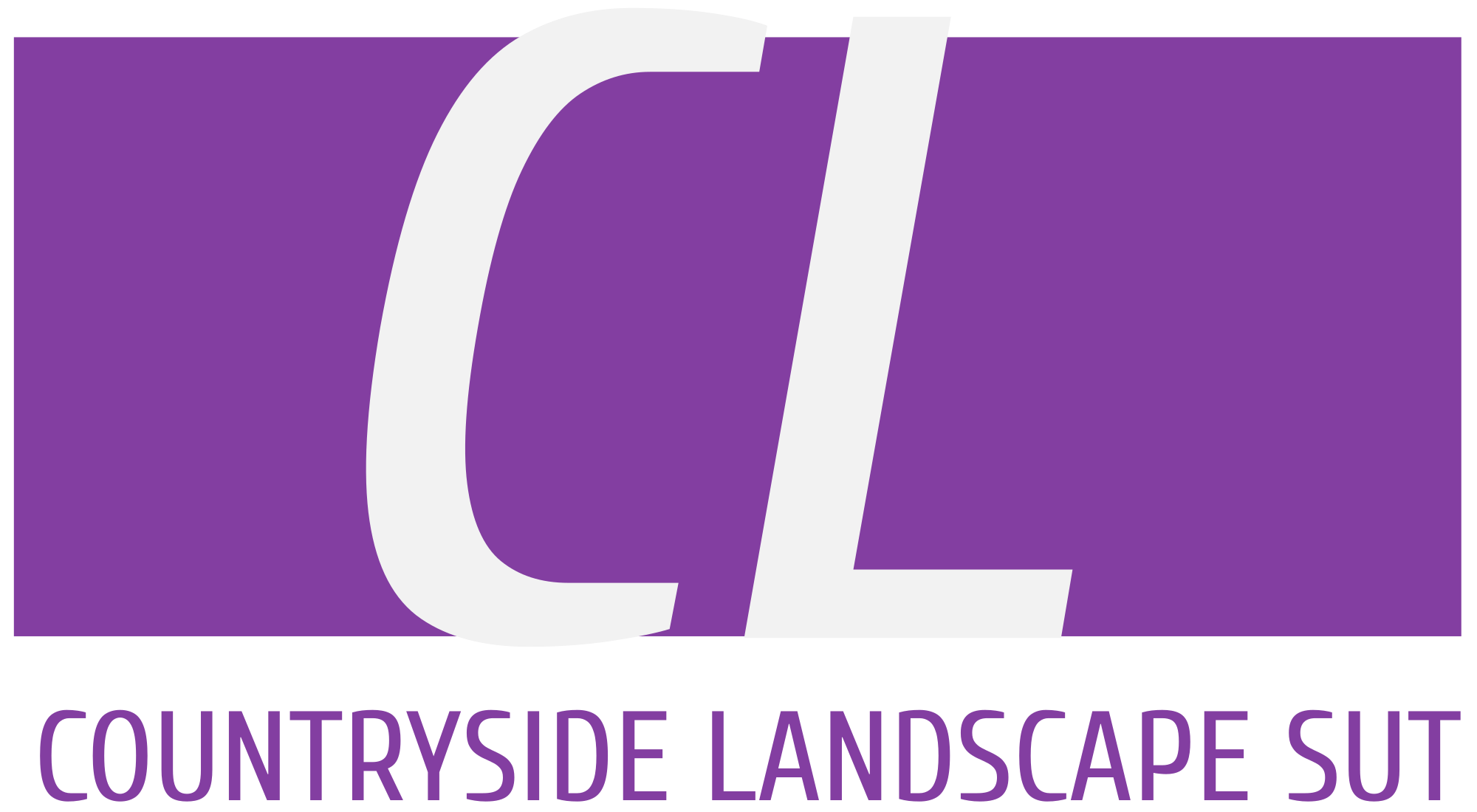Attracting consistent traffic to your website can feel like an uphill battle. Whether you’re a small business owner eager to grow your online presence or a marketing professional tasked with boosting visibility, the challenge is universal. But here’s the good news—website optimization is a science, and with the right strategies, you can see measurable improvements. This guide will walk you through practical and proven ways to optimize your website to drive more traffic. From on-page SEO to user experience enhancements, we’ll cover it all.
Understanding the Basics of Website Traffic
Website traffic refers to the number of visitors who land on your site. Broadly, traffic can be divided into different types, such as organic traffic (from search engines), paid traffic (through advertising), direct traffic (from people typing your URL directly), and referral traffic (via backlinks). Each of these plays a crucial role in growing your website, and optimizing for all these channels will create a well-rounded strategy to increase traffic.
The ultimate goal is not just to attract visitors but to bring in the right visitors. These are users who are genuinely interested in your offerings and are more likely to convert into customers or subscribers. With that in mind, let’s explore the steps needed to optimize your site effectively.
Focus on On-Page SEO
On-page SEO is the foundation of your website’s visibility in search engines. Optimizing factors within your website will improve its ranking on search engine results pages (SERPs). Here’s how to nail your on-page SEO strategy:
Research and Use Relevant Keywords
Start by identifying keywords related to your business. Use tools like Google Keyword Planner or SEMrush to find search terms that your target audience is actively using. Consider both highly searched terms and long-tail keywords, as the latter often have less competition and are more specific to your niche.
Once you have your keywords, integrate them naturally throughout your content. Use them in headings, meta titles, meta descriptions, and alt text for images. Ensure you’re creating content around keywords that directly address user intent.
Optimize Your Content for Readability
Even the most SEO-optimized page will fail to attract visitors if it doesn’t offer value or is hard to read. Break up your text into shorter paragraphs and use subheadings to organize content logically. Bullet points and numbered lists help improve scannability. Lastly, aim for a conversational but professional tone to keep readers engaged and ensure they stay on your site longer.
Improve Page Speed
Did you know a delay of just one second in page loading time can result in a 7% drop in conversions? Slow websites frustrate users and push them away. Tools like Google PageSpeed Insights can help you evaluate your site’s speed and provide actionable recommendations. Use techniques such as image compression, minifying CSS/JavaScript, and enabling browser caching to make your pages load faster.

Make Your Website Mobile-Friendly
With more than half of all internet traffic coming from mobile devices, having a mobile-friendly website is non-negotiable. A responsive design ensures your site will look and function well across a range of devices. Test your website on phones and tablets to guarantee a seamless experience for mobile users.
Google’s Mobile-Friendly Test is a free tool that evaluates your site’s mobile usability. Follow its guidelines for better mobile compatibility and higher rankings in mobile search results.
Leverage High-Quality Content Marketing
Content marketing is a powerful driver of website traffic. But not all content is created equal. Focus on creating valuable, engaging, and relevant content for your audience. Blogs, how-to guides, videos, infographics, and case studies are all excellent formats that can attract the right kind of traffic.
Create content that solves problems for your audience or answers their questions. For example, a bakery can write blog posts about “easy cake recipes” or “how to frost a wedding cake.” Offering valuable content positions your brand as an authority in your field, which ultimately leads to more trust and traffic.
Additionally, update old content regularly to keep it relevant and maintain your website’s authority. Refreshing outdated posts with current data and trends can give them a significant SEO boost.
Strengthen Your Backlink Strategy
Backlinks, or links pointing to your website from other sites, are crucial for driving traffic and improving your SEO. They act as a vote of confidence from other websites, signaling to search engines that your content is valuable.
Start by reaching out to industry-related blogs and websites for guest blogging opportunities, where you contribute content in exchange for a link back to your site. Another tactic is leveraging media outlets or influencers who share your content with their audience.
Tools like Ahrefs or Moz can help you analyze your backlink profile and identify new opportunities for link-building.
Harness Social Media Platforms
Social media is a powerful ally for driving website traffic. Use platforms like Facebook, Instagram, LinkedIn, and Twitter to promote your content and interact with your audience.
For small business owners, sharing blog posts, product announcements, and special promotions on social channels can significantly amplify your reach. Stay consistent and use analytics tools to assess which posts drive the most traffic.
Additionally, consider investing in paid social media ads to attract a larger audience. Most social platforms now offer advanced targeting features to ensure your ads are seen by users likely to engage with your brand.
Build an Email Marketing List
Email remains one of the most effective channels for driving traffic back to your site. Build an email subscriber list by offering incentives, like free guides, discounts, or exclusive updates. Once you have a list, send regular newsletters that provide value and include links to relevant website content.
Personalize your emails as much as possible to make them engaging. Avoid overwhelming your subscribers with deals alone; instead, balance promotions with informational content like blog updates or industry news.
Encourage User Engagement and Community Building
Creating a sense of community around your website is a surefire way to attract repeat visitors. Enable comments on your blog and respond to them to foster discussion. Implement live chats or forums that allow users to interact with each other and with your business.
Additionally, encourage satisfied customers to leave reviews and testimonials. Positive social proof will attract more visitors and build credibility for your brand.
Enhance User Experience (UX)
A well-designed and user-friendly website is key to keeping visitors engaged. Simplify your navigation, use clear call-to-action buttons, and ensure important information is easy to find. Use analytics tools like Google Analytics to evaluate the behavior of your users and identify pain points, then optimize accordingly.

Invest time in improving the visual design of your site, too. A cluttered or outdated design can turn visitors away. Keep your layout clean, use high-quality images, and incorporate your branding consistently.
Take the First Step to Increased Website Traffic
Driving traffic to your website is not a one-off task; it’s an ongoing process that requires strategic effort over time. By focusing on SEO, mobile usability, content marketing, backlinks, social media, and UX, you can attract a steady stream of visitors who are genuinely interested in what you offer.
Want help optimizing your online presence? Reach out to our team of experts, and we’ll guide you through the entire process. Together, we can turn your website into a traffic-generating machine.

